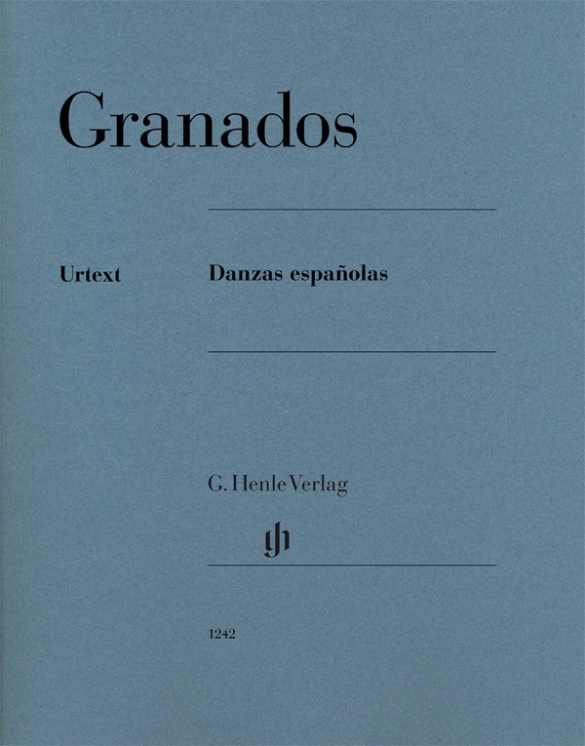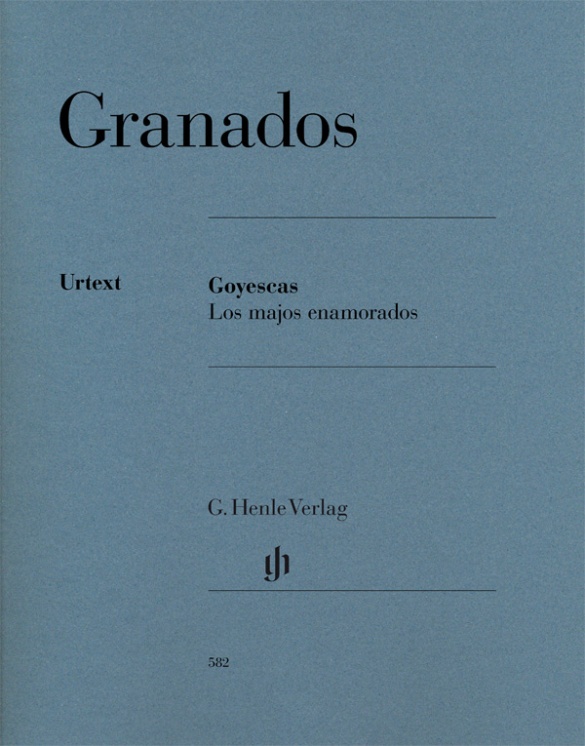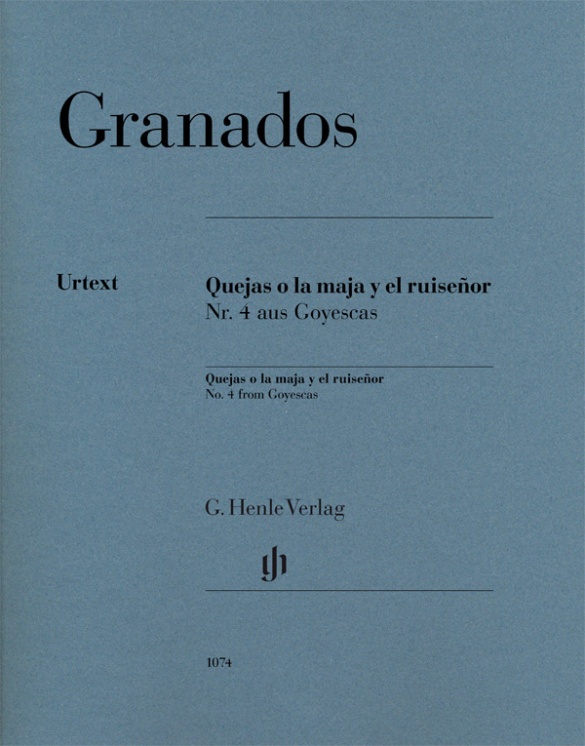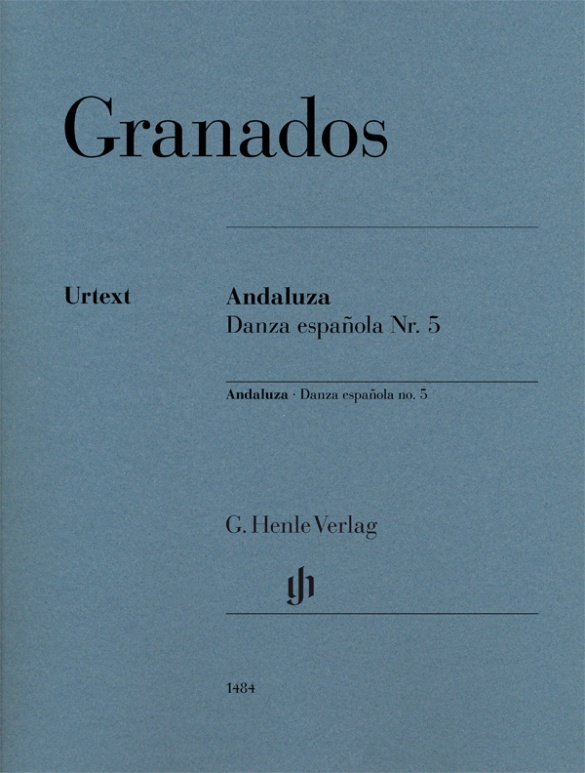

Enrique Granados
Andaluza · Danza española no. 5
Among his early piano works, the twelve Danzas españolas published between 1890-95 are a milestone in this Spanish composer’s development. They are in the tradition of the character pieces of Chopin or Schumann, but at the same time exhibit an intense, individual coloration, as they borrow from dances from throughout Spain. This is also true of the fifth dance, which rapidly gained popularity with its catchy, somewhat nostalgic melody. Unlike any other piece “Andaluza” typifies our notions of the music from southern Spain - even though it only received this title posthumously.
Content/Details
About the Composer
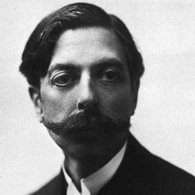
Enrique Granados
A Spanish composer, pianist, and pedagogue, his compositional style is primarily oriented around late Romanticism. He incorporates folkloric elements of his homeland in multiple ways. He largely wrote pieces for piano, along with stage works, vocal music, chamber music, and orchestral pieces.
| 1867 | Born in Lleida on July 27. |
| from 1874 | In Barcelona he becomes a pupil of Francisco Javier Jurner at the singing academy Escolania de la Mercè. |
| from 1880 | He studies piano with Joan Baptista Pujol. |
| 1883 | Wins first prize in the Acadèmía Pujol piano competition. |
| from1884 | Studies harmony and composition with Felip Pedrell. |
| from 1886 | Works as a pianist at the Café de las Delicias. He teaches the children of his patron Eduardo Conde. |
| from 1887 | He becomes a private student of Charles-Auguste de Bériot. In Paris he is in contact with Saint-Saëns, Debussy, and Fauré, among others. |
| from 1895 | In Barcelona he performs as soloist at concerts of the Societat Catalana de Concerts and the Societat Filharmonica. |
| 1898 | His opera “María del Carmen” is premiered in Madrid. He is awarded the Cruz de Carlos III. |
| 1901 | Founds the Acadèmia Granados in Barcelona. |
| 1904 | His Allegro de concierto is awarded the Madrid Conservatory’s first prize. He gives concerts in Spain and France. |
| 1911 | He is named Chevalier de la Légion d’honneur. |
| 1916 | On January 28, his opera “Goyescas” – adapted from his eponymous cycle of piano pieces – is premiered to great acclaim at the Metropolitan Opera House in New York. |
| 1916 | On the journey back to Europe, both he and his wife die on March 24 when the SS Sussex is torpedoed. |
About the Authors
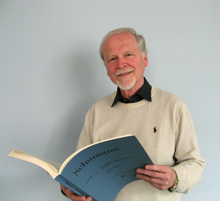
Rolf Koenen (Fingering)
As a pupil, Prof. Rolf Koenen, born in 1946 in Duisburg, had already had contact with Ewald Zimmermann, the first editor at the young publishing house. He studied the piano at the Folkwangschule in Essen with Detlef Kraus, with Ludwig Hoffmann in Munich and with Maria Tipo in Florence.
He gave concerts in a permanent duo partnership with Hansjörg Schellenberger, who was later to become the solo oboe player with the Berlin Philharmonic, and made several recordings with the Deutsche Grammophon-Gesellschaft, with Denon and Sony. Other chamber music partners included András Adorján, Stefan Dohr, Wolfgang Schulz, Claes H. Ahnsjö. Following a teaching position in Munich, Rolf Koenen was appointed as a professor at the Berlin University of the Arts in 1982.
Product Safety Informations (GPSR)

G. Henle Verlag
Here you can find the information about the manufacturer of the product.G. Henle Verlag e.K.
Forstenrieder Allee 122
81476 München
Germany
info@henle.de
www.henle.com
推荐
autogenerated_cross_selling
本书目其他版本
本书目其他版本


